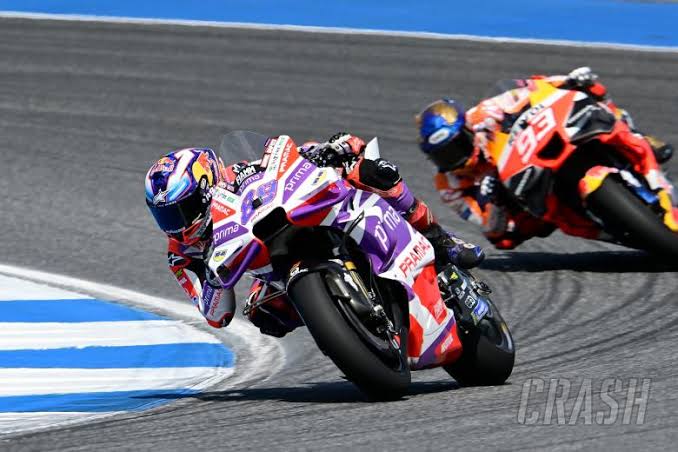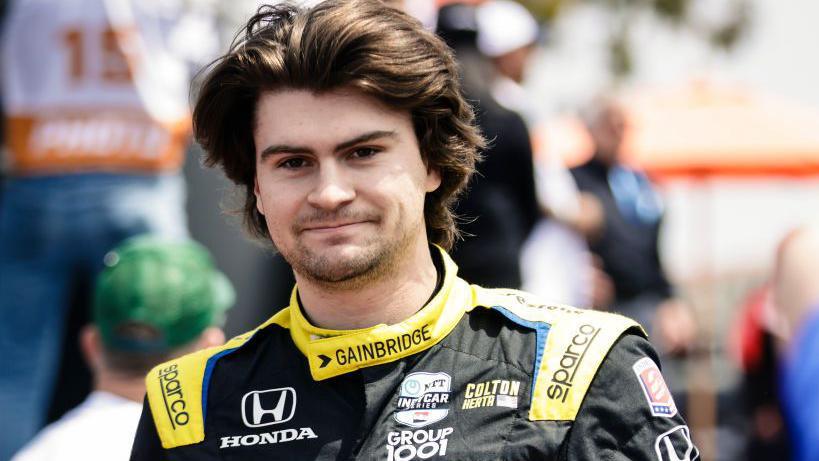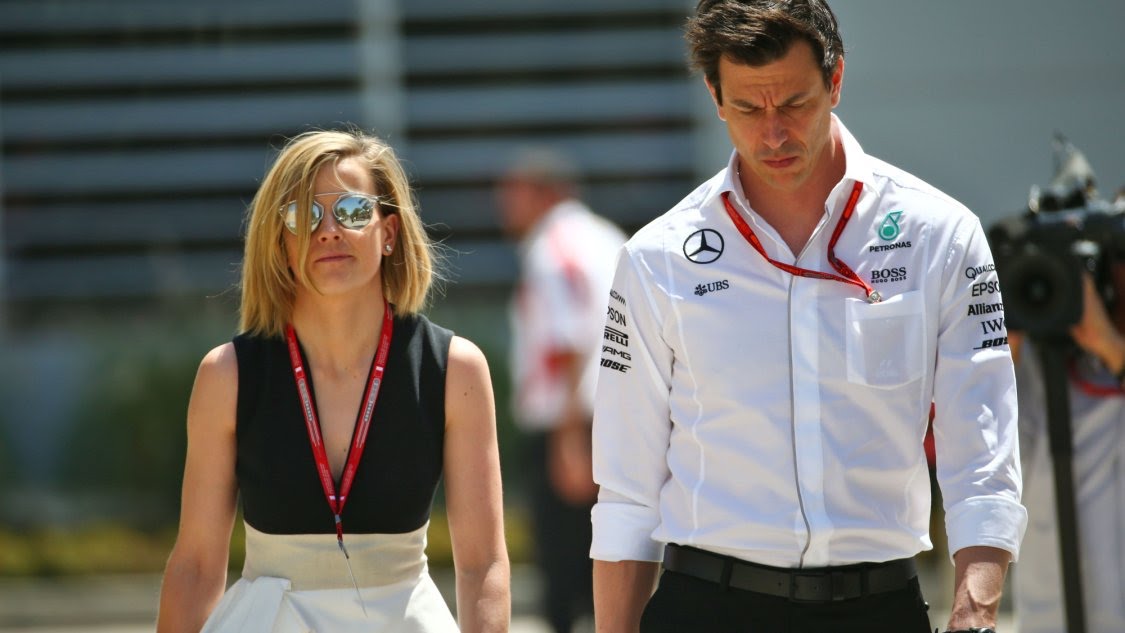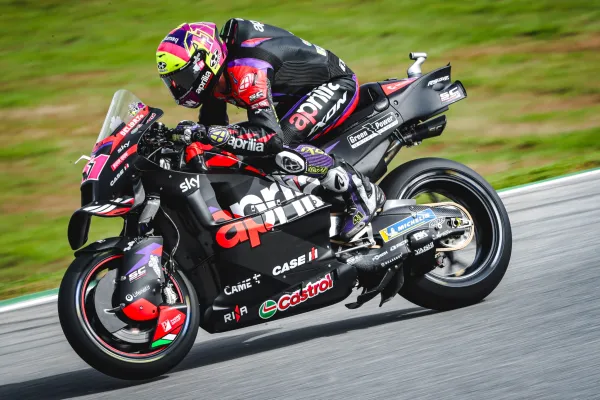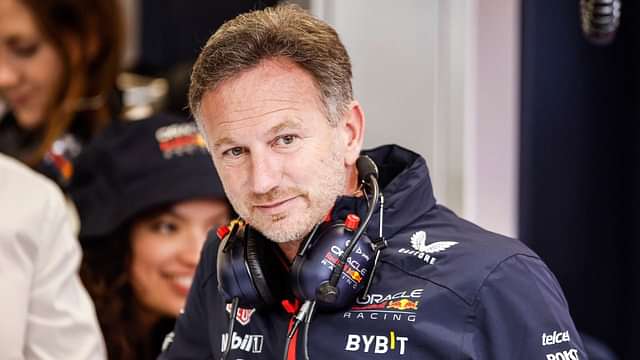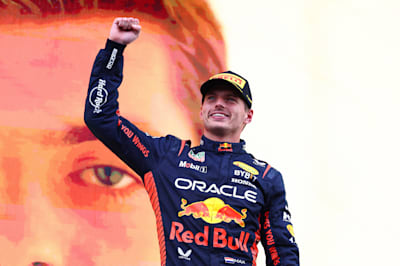Game-Theoretic Energy Management Strategies In F1 Racing
Formula 1 epitomizes the perfect blend of sophisticated technology and tactical acumen, where every single decision can have the potential to influence the outcome of a race. A very important part of that decision-making involves energy management, especially with hybrid power units that combine internal combustion engines with electric components. Optimal strategic allocation and exploitation of energy throughout a race are of paramount importance, and research in recent times has introduced game-theoretic methods to optimize such strategies, considering interactions among competing drivers.
Understanding Energy Management in Formula 1
Formula 1 has been using hybrid power units since the beginning of the 2014 season, featuring a 1.6-liter V6 turbocharged internal combustion engine coupled with an electric hybrid system, known as the Motor Generator Unit-Kinetic (MGU-K). This allows for recovery under braking, which can be deployed for an acceleration boost. The energy management program needs to balance fuel consumption against battery use to optimize performance over the total race duration.
Energy management in F1 is complex for several reasons:
Limited Energy Resources: There are regulations that restrict the quantity of fuel and electrical energy to be used by a team during any one race; therefore, an efficient strategy in the apportioning of energy is imperative.
Dynamic race conditions mean that the track layout, weather conditions, and tire degradation constantly require adapted energy management approaches.
Competitive Interactions: The presence of other drivers compels one to make tactical decisions on how to deploy their energy. What one driver decides to do influences both strategic and performance decisions regarding another.
Game Theory in Energy Management
Game theory, the study of strategic interactions among rational decision-makers, provides a strong analytical framework for analyzing and optimizing energy management strategies in the competitive environment of F1 racing. By modeling the race as a game between drivers (agents), teams can predict and counteract the strategies of competitors, leading to more effective decision-making.
A widely used application of game theory in this respect is the Stackelberg game model, which is a hierarchical decision-making model. In the Stackelberg game, there is one leader who makes his decision first, and then there is a follower who reacts to the action of the former. This model applies in racing situations when one driver is leading and the driver in the back must decide whether or not and at what time to make an overtaking maneuver based on the behavior of the leading driver.
Interaction-Aware Energy Management Framework
Recent work has developed an interaction-aware energy management optimization framework for Formula 1 racing using game-theoretic principles, which explicitly considers the strategic interactions between two competing drivers. It casts the race scenario as a Stackelberg game, which is then formulated as a bilevel optimization problem. The computational intractability due to bilevel optimization is mitigated by rewriting the problem as a single-level nonlinear program through the use of the KKT conditions.
ARXIV
Its drag reduction model simulates this aerodynamic interaction between the two cars for the simulation to capture when the following car—seeing reduced aero drag—shorthand for a slipstream, or drafting effect on the straight behind another car—has any significant influences on energy harvest and deployment patterns with the view, of course, to save up some electricity for actually performing the pass. The current framework includes the drag reduction model that enables assessment of how these aerodynamic effects can be maximized by the drivers in addition to energy deployment decisions.
Key Insights and Applications
Application of this game-theoretic framework offers a number of interesting insights, such as the following:
Best Redistribution of Energy: The framework will help in answering how the driver should redistribute his stored energies to exploit favorable aerodynamic behavior effectively. For example, a trailing driver can save more energy by reeling within a slipstream generated from the leading car and then spend the saved energies during critical junctures to enact an overtake.
Robust Energy Allocations: Teams can make strategies for energy allocation by considering the moves of their competitors to minimize performance losses due to unexpected maneuvers of other drivers. This robustness is key in the quite unpredictable environment of a race.
Feasibility assessment of overtaking: The proposed framework enables the identification of conditions whereby an overtaking act is feasible and potentially beneficial, given a relation among energy availability and interactions between aerodynamic and competitor.
Practical Implementation Challenges
While the theoretical gain from a game-theoretic approach to energy management is obvious, the implementation will be tough in practice considering the fast-moving environment during F1:
Real-time decision-making is compelled by the dynamic nature of the race, which in turn demands high computational facilities and algorithms that can provide quickened processing.
Data Accuracy and Availability: The car needs updated information on its performance, such as energy level, tire condition, and position, for itself and its competitor teams, all obtained and processed reliably.
Driver Adaptability: The drivers are to learn such measures and strategies provided by these models, which shall be well in communication and shall develop a considerable level of adaptation in the changing conditions of the race.
Future Directions
One of the promising developments within energy management strategy is integrating game-theoretic models in F1. Probably, the subsequent research and development can be done along the following areas:
Improved Modelling of Multi-Agent Interactions: The extension of the framework in order to consider interactions among multiple drivers at once, which is clearly the most difficult aspect of real races.
Inclusion of Machine Learning Techniques: Applying machine learning to predict competitor behavior from the history and improving the predictive power of the game-theoretic models. Simulation and Testing: Designing a sophisticated simulation environment in which to test and refine these strategies before actual race deployments will help in ensuring the efficacy and reliability of these methods.
Conclusion
Applying game-theoretic principles to energy management in Formula 1 provides a subtle means of optimizing performance within a highly competitive environment. The teams can consider strategic interactions between drivers and, thus, develop effective strategies of energy allocation, taking into consideration not just their own performance but also how competitors may act. While challenges remain in real-time implementation during races, further research and technological advances hold much promise. Beyond that, these methodologies may have implications other than in Formula 1, extending into more general applications. For instance, similar interaction-aware frameworks in the development of autonomous vehicles could be highly relevant in scenarios where strategic decisions are to be made either competitively or cooperatively. Insights gained from F1’s innovative approaches may also flow into energy management in electric and hybrid vehicles for consumer markets, enhancing efficiency and sustainability. The bottom line is, while F1 remains at the edge of technological innovation, the sport’s incorporating game theory—a really advanced theoretical model—perfectly into the sport will establish its position as a true hub of highly innovative experiments. It was a fact that not only was motorsport moving to higher levels but was also providing many useful contributions in areas other than automobile technology by receiving and adapting various methods for competition.



